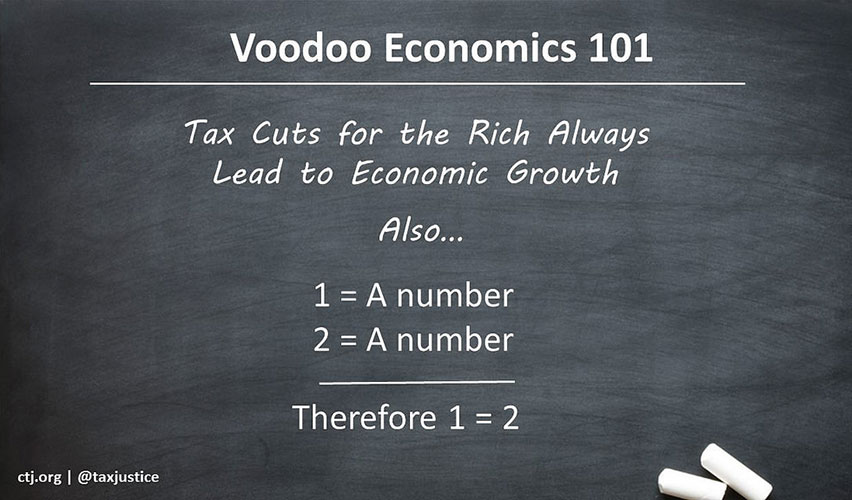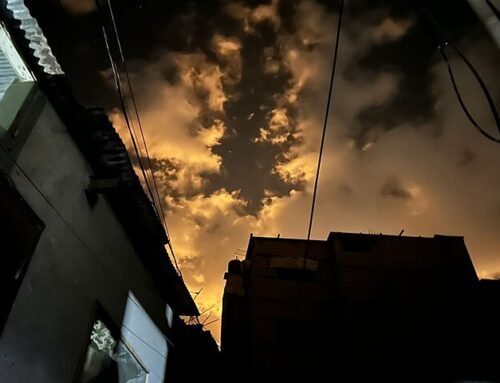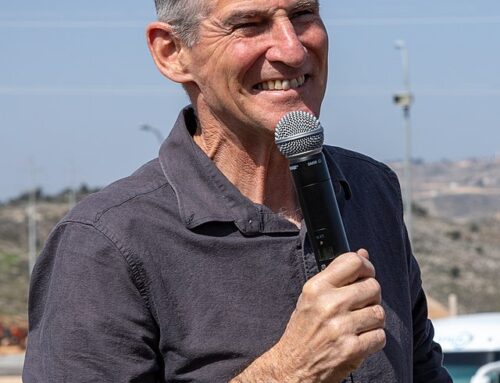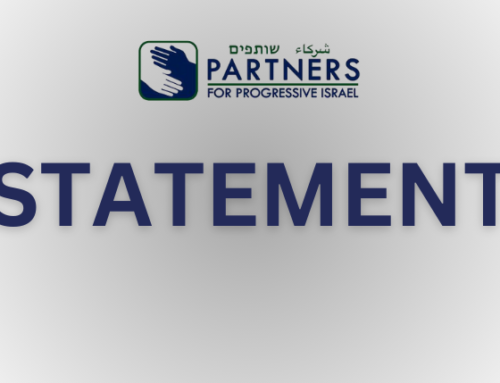‘Operation Economic Defensive Shield’ exemplifies how wedded Israel’s Occupation of the West Bank is to its devastating economic policies toward its own citizens.
In March 2002, two days after the terrorist attack on a Seder dinner in Netanya’s Park Hotel killed 30 and injured 160 people, the IDF unleashed ‘Operation Defensive Shield.’ The largest military operation in the West Bank since 1967, the operation sought to retake Palestinian cities in area A and shield the Israeli public from terror. For the first time Israelis in Tel Aviv, Haifa and Jerusalem felt the consequences of Occupation on a daily basis. Restaurants, buses and clubs were exploded all around. Suicide bombers killed 21 teens in the Dolphinarium discotheque in Tel Aviv, 16 in the Matza restaurant in Haifa, and 11 in Jerusalem’s Café Moment. Everyone feared a loved one could be next. And the Israeli public was willing to pay any price to end this nightmare.
At that very moment Ariel Sharon’s government also declared ‘Operation Economic Defensive Shield.’ The plan sought to support the growing defense budget to combat terrorism (not only for the IDF and security services, but also the police), while reducing the national deficit.
How? Austerity: a series of drastic cuts to the National Insurance Institute, eroding the social safety net, education, health, welfare, and housing services. Within a year, the poverty level among families increased from 18% to 20%.
But why reduce the national deficit exactly when defense spending grew? Because they could. As Churchill said, “never let a serious crisis go to waste.” Had it not been for the crisis atmosphere, it’s hard to imagine such drastic, far–reaching changes would have been brought to the Knesset, let alone approved. (Adva Report, pp. 30-1)
The proof is in the pudding, says Barbara Swirski. If the government wanted to balance the budget, it could have increased taxes on the rich. But it didn’t.
Instead, Finance Minister Benjamin Netanyahu made the absurd decision to lower taxes in unprecedented cuts. These reductions were particularly favorable to high–income earners – especially those in the top socioeconomic one percent: Taxpayers who were earning NIS 25,000 or more a month would be able to take home an additional NIS 2,000–5,000 monthly. (Adva Report, p. 26)
This was not a fluke. It was the policy. Behind ‘Operation Economic Defensive Shield’ stood a strong neoliberal ideology. Finance Minister Netanyahu religiously believed (and still does) in the miracle of voodoo economics: lowering taxes for the rich creates more investment in the economy which ignites economic growth to create new jobs and more disposable income for working people to generate more private consumption. Since Israel’s Gross Domestic (GDP) was declining during the Second Intifada, as it always does during conflict, Netanyahu heeded the economic witchdoctors and delivered burnt offerings to the free market daemons by way of tax cuts.
As always the formula was simple: austerity for the many poor, and benefits for the few rich. And the result? Surprise. Surprise. The poor got poorer and the rich got richer.
If you want to understand why speak about the economy when we are so concerned with the Occupation, listen to Barbara Swirski explain the connection brilliantly.







Leave A Comment